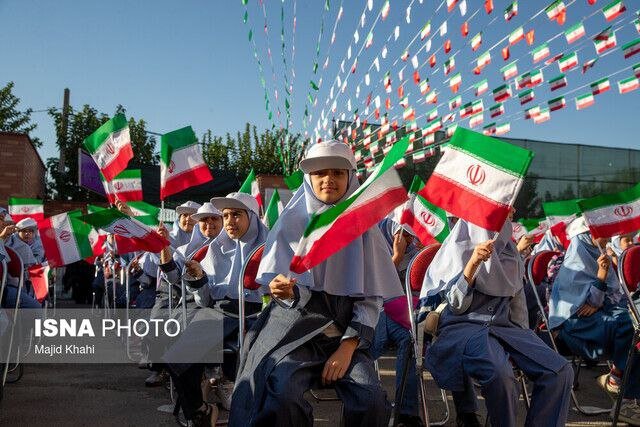Educational reform in Iran after Islamic revolution

TEHRAN –Subsequent to the Islamic revolution in 1979, Iran’s education system has experienced great changes thanks to the establishment of the Literacy Movement, and the development of educational infrastructure which have resulted in increased education coverage rate, decreased literacy gap between men and women, and the growth of per capita educational space, particularly in deprived areas.
The literacy rate among those aged above 6 has risen from 47.5 percent before 1979 to 90.7 percent after the victory of the Islamic revolution, ranking Iran among the top countries in education coverage, ISNA reported.
During the 46-year period, the number of students has increased by 10 million, reaching 17 million, and eight schools have been constructed on a daily basis in underprivileged areas.
In 1976, the literacy rate amounted to 47.5 percent; the literacy rate for men and women aged 10 to 49 was 61.8 and 35.5 percent, respectively, indicating a big educational gap. However, in the Iranian calendar year 1402 (March 2023-March 2024), the literacy rate increased to 90.7 percent with 97.8 percent of men and 96.1 percent of women, aged 10 to 49, being literate. After the Islamic revolution, the rate of literacy among women has grown by 2.5 times.
In the past, literacy referred to the ability of being able to read and write, later it included mastering a foreign language. Currently, the term literacy has gone beyond these concepts, encompassing the ability to solve life problems, and this is what the country is trying to achieve.
Since 1979, school construction has experienced a three-hundred percent growth, rising from 33, 121 schools with 132,484 classrooms to 107,000 schools with 560,000 classrooms now.
Education space per student in Iran has increased from 1.8 square meters at the beginning of the revolution to 5.45 square meters in the current year. Currently, there are over 1,100 stone-made schools.
President Masoud Pezeshkian's administration is determined to eliminate and replace stone-made as well as pre-fabricated schools with new schools in a year.
One of the other recent achievements of the education system is preparing and implementing a reform plan, as a bedrock of development. After being reviewed and studied for 12 years, the plan is meant to act as a roadmap to further enhance the quality of education in the country.
It has been implemented in ten schools so far; it is scheduled to be implemented nationwide in three years and is expected to positively transform education.
The plan focuses on management, teachers, families, curriculum, and physical and cultural environment. It aims to help realize students’ personal, and social skills and improve educational quality among both students and teachers. It also helps families by enhancing their parenting skills training.
Educational equity is not a slogan
President Masoud Pezeshkian has said that the administration intends to transform the education system so that no student is deprived of the right to quality education, highlighting that educational equity is not a mere slogan but a fundamental goal.
It is not acceptable that students in public schools in underprivileged areas do not receive a good education while they have to compete with students in private schools that benefit from the best education, Pezeshkian stressed.
He made the remarks on Thursday in Bojnourd, the capital of North Khorasan province, Borna reported.
The president said providing vocational training alongside education is one of the key areas of transforming educational methods, through which the youth will develop skills needed for a profession after graduating from high school.
Referring to the extensive plans to solve the infrastructural challenges of schools, the president stressed, “We will overcome all school constructing challenges within a year. One of our main objectives is to turn public schools into the best education model.”
The president urged governor generals and all executive officials to cooperate with other sectors on a national plan to promote equity in educational spaces within the specified timeframe.
He went on to stress the necessity of public participation and the role of citizens in realizing the major national plan of building schools, saying, “We need to share our plans with the people to build not only schools for their children but also appropriate sports and recreational spaces for extracurricular activities.”
Pezeshkian further emphasized the importance of action instead of mere speeches, stating that his administration has prioritized solving the issue of educational space shortages, especially in deprived areas across the country within a year.
Leave a Comment